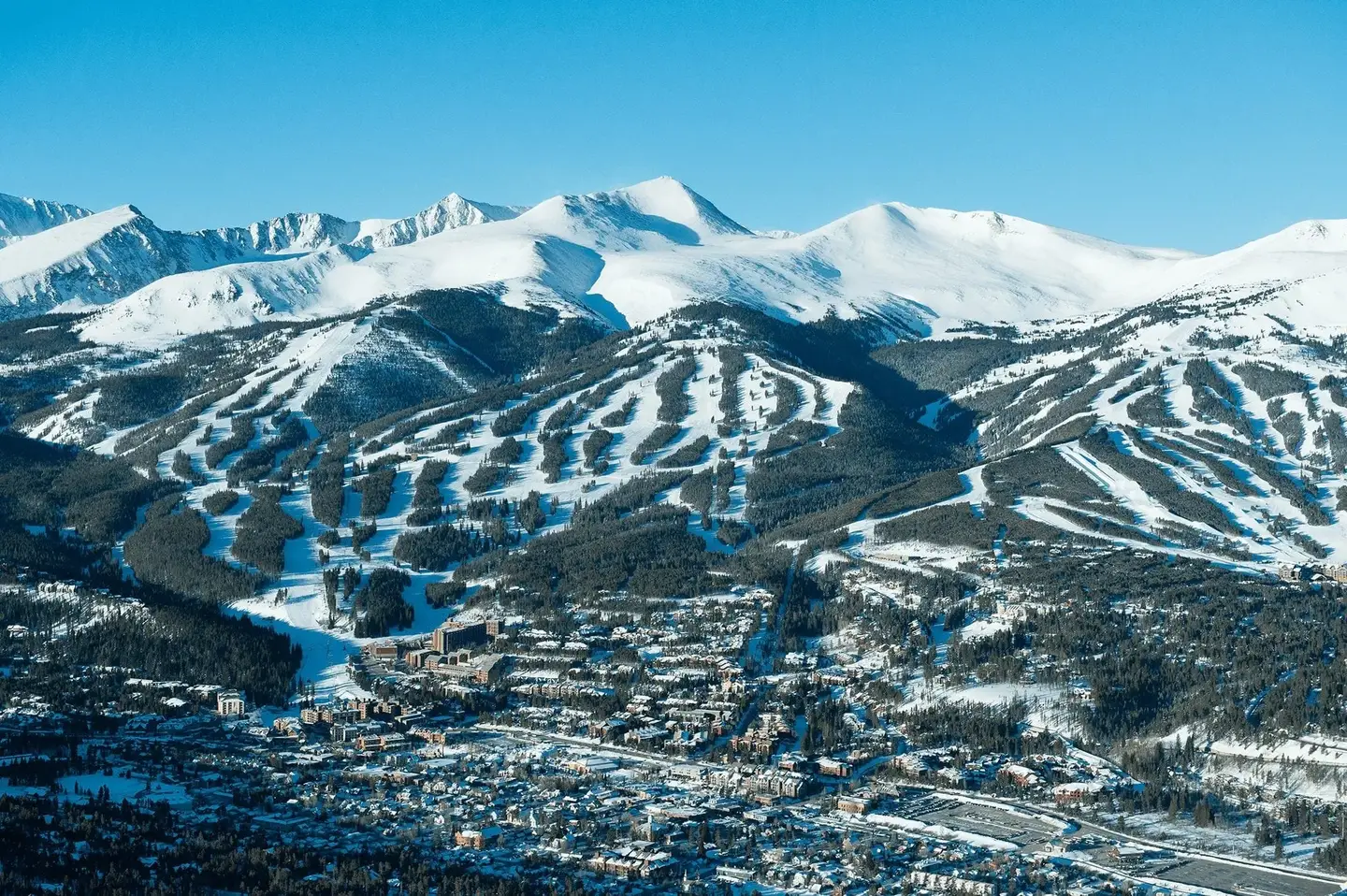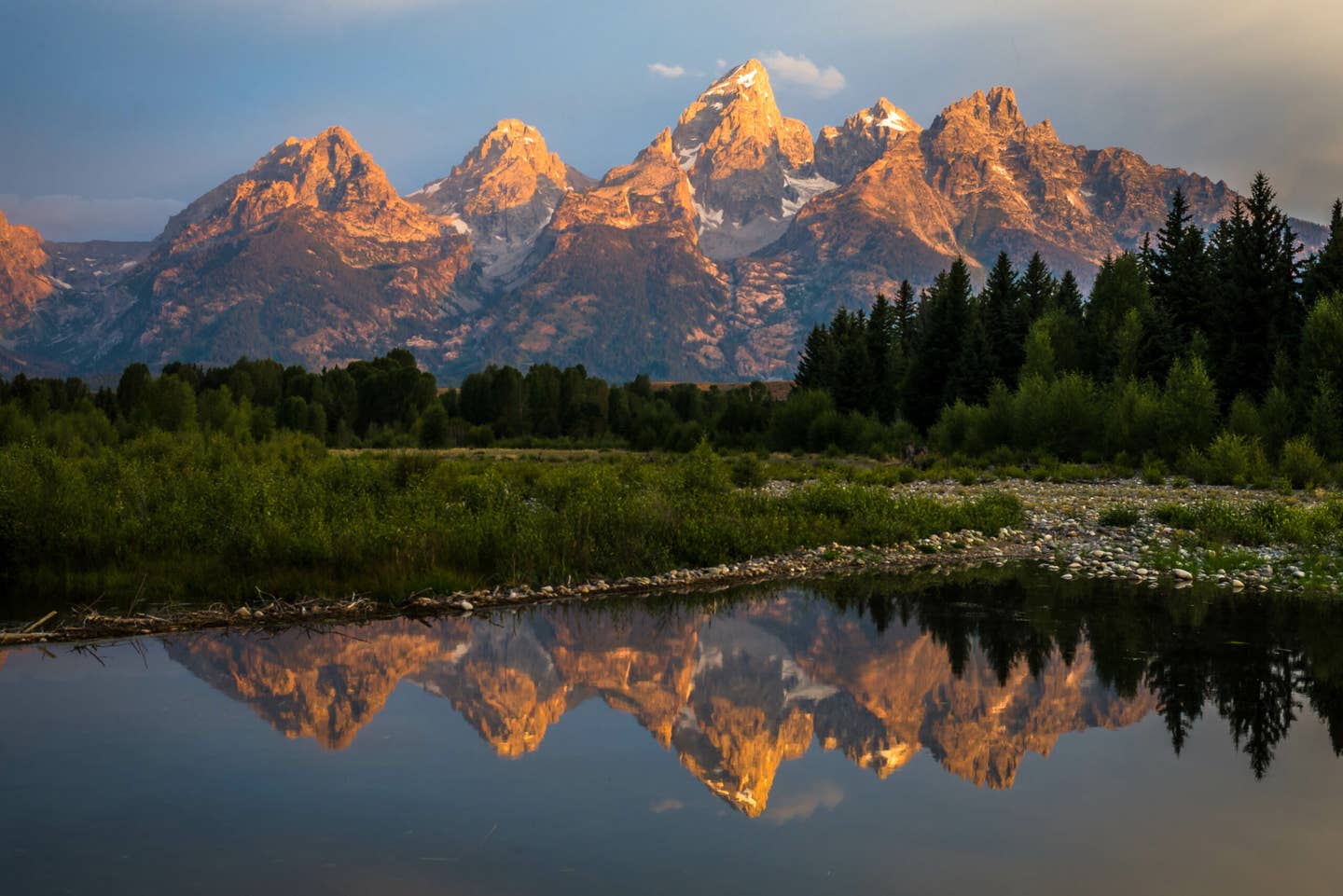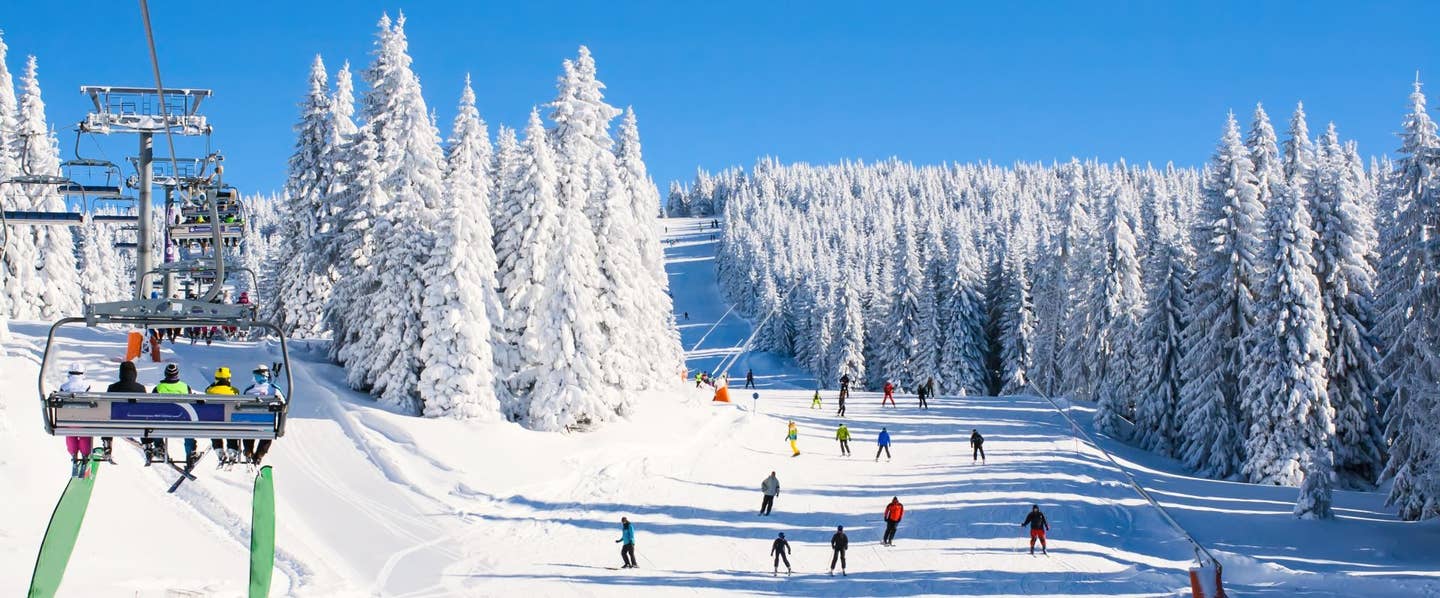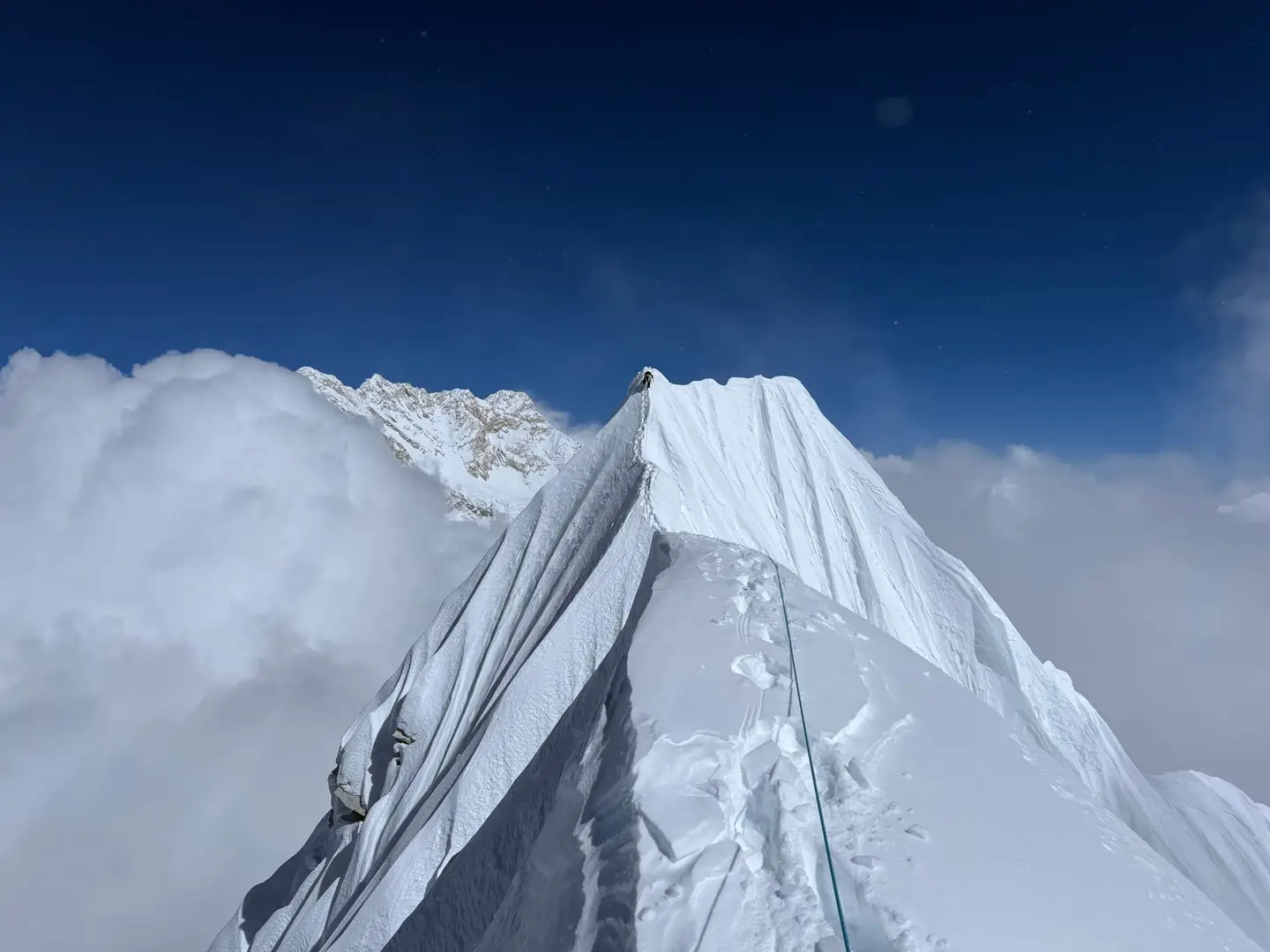

TGR’s Ultimate Guide To Front Range Bike Parks
Popular Stories
Boulder's Valmont Bike Park, shown above, is the cutting edge of the new municipal bike park model.
In the mid 1990's, trick-centric activities focusing on an
individual athlete rather than a team pushed their way into the public
consciousness under the new umbrella of "extreme sports." The most popular of
these were skateboarding and BMX, which had long existed in underground scenes;
despite their cult status, steady growth of these activities led municipalities
to build public skate parks across the country, especially in the vast suburbs lacking in ledges to skate.
These municipal venues have evolved, and we’re now
seeing dirt-centric bike parks sprouting up in many American cities and towns. Some of these parks are
built and maintained by town funds, while other areas are designated patches where
riders have free reign to build their own features. Colorado's Front Range
towns have been early adopters of this growing trend. Let's take a look at some of the pros and cons of these new
riding spots.
Public Bike Parks: Pros
 The starting spot at Boulder's Valmont Bike Park means beginners share the experience with more advanced riders. Matt Hayes photo.
The starting spot at Boulder's Valmont Bike Park means beginners share the experience with more advanced riders. Matt Hayes photo.
They're inclusive: One of the downfalls of a skate park is
that they can be very intimidating. Since every feature is hittable in a given
run, there's nowhere for novice riders to hone their skills before worrying
about getting in the way. This causes a lot of people to stand on the side, wondering when it’s appropriate to drop in and who has right-of-way. With the
exception of some pump tracks, bike park features are built in rows based on
skill level. There's no reason for an experienced rider to hit a novice feature
or vice versa, so neither one has to worry about someone getting in the way.

They're directional: Just like a terrain park at a ski
resort, there's a clear direction of movement in a bike park. Anyone that's
spotted a 4-year-old on a Strider blissfully unaware that he's stopped on a
blind landing in a skate park knows the benefits of directional jump lines. It
may hinder a bit of creativity, but it's so much safer. Directional lines also
mean that there's a designated starting spot—everyone congregating at the same
spot builds community.
Dirt is softer than
concrete
: Does
this need explaining? While there is still a risk of injury riding dirt jumps,
it's more often cuts and scrapes, instead of broken bones.
Well-built features: Gone are the days of a brick under a
piece of plywood or an unshaped mound of dirt–thank god! Once upon a time,
learning to ride jumps meant you had to learn to build jumps first; nowadays,
features are maintained by dedicated and relatively experienced members of the biking community.
Permanence: Seeing bulldozer tracks used to be a distressing, but frequent occurrence for people riding illicit jump spots. These tracks were
a telltale sign that the landowner had destroyed months of hard work, leveling
networks of trails in a half hour. Today's sanctioned spots employ bulldozers
for building, not destroying.
Public Bike Parks: Cons
 The Springs Canyon Bike Park, showing signs of the wear and tear that comes with the territory in public bike parks. Matt Hayes photo.
The Springs Canyon Bike Park, showing signs of the wear and tear that comes with the territory in public bike parks. Matt Hayes photo.
They requires taxpayer
upkeep
: Once a town
paves a skate park, it needs minimal upkeep for the next decade. A bike park,
on the other hand, needs frequent upkeep—potentially requiring a team of people even.
Most towns utilize volunteers, though some choose to hire city employees for
the job, who may or may not know what the hell they're doing.

The demise of the dig-to-ride community: Creating
a dirt jump spot used to be an arduous task, and as the dad from Calvin and
Hobbes would claim, it built character. Friends would come together and spend
weeks with shovels in hand building the jumps before riding them. Friendships
were forged so a small group of (usually) teens could ride bikes together. In a
world of instant gratification, this was a great lesson in communal hard work
and long-term planning with applications well beyond the dirt track. Nowadays, some of that culture is lost when kids expect others to do the hard work for them.
Front Range Bike Parks
Few places in the country are as blessed with town-supported bike park networks like Denver's Front Range is. From Boulder to Lyons to Colorado Springs, it's a zone replete with public shred spots that would take weeks to traverse.
Valmont Bike Park, Boulder
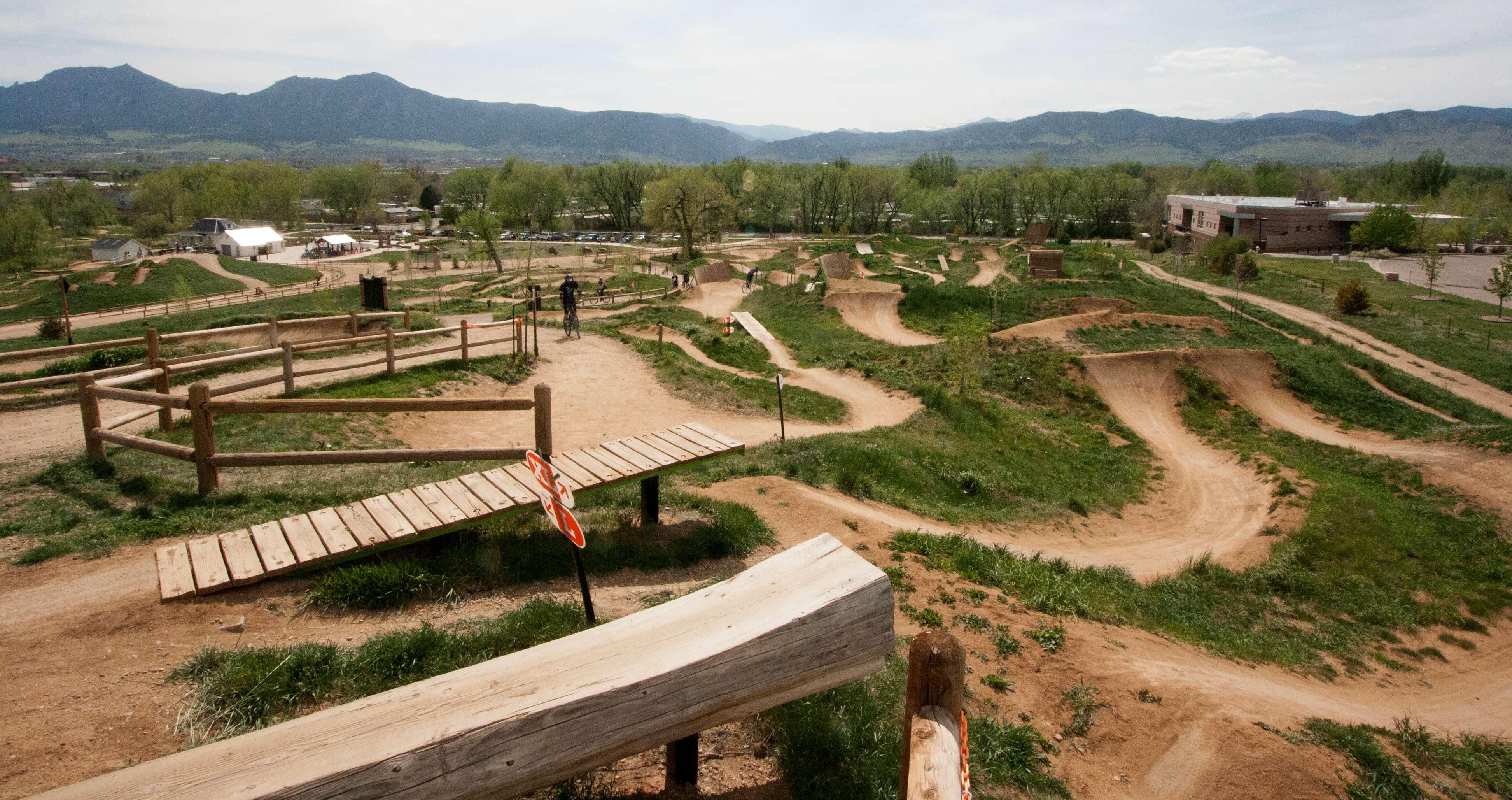 Boulder's Valmont leads the charge in the Front Range's municipal bike parks. Matt Hayes photo.
Boulder's Valmont leads the charge in the Front Range's municipal bike parks. Matt Hayes photo.
By far
the
flagship municipal bike park, the trails at Boulder's Valmont Bike Park include four dirt jump lines,
four slopestyle lines, two pumptracks, a gate-start dual-slalom course, a few
miles of XC and skill-building trails, two cyclocross stair sets, and a cyclocross
sandpit. There's bathrooms and water, and two small pavilions used for
everything from birthday parties to national-level race registrations. There
are always people here, and trail builders are city employees.
Bohn Bike Park, Lyons
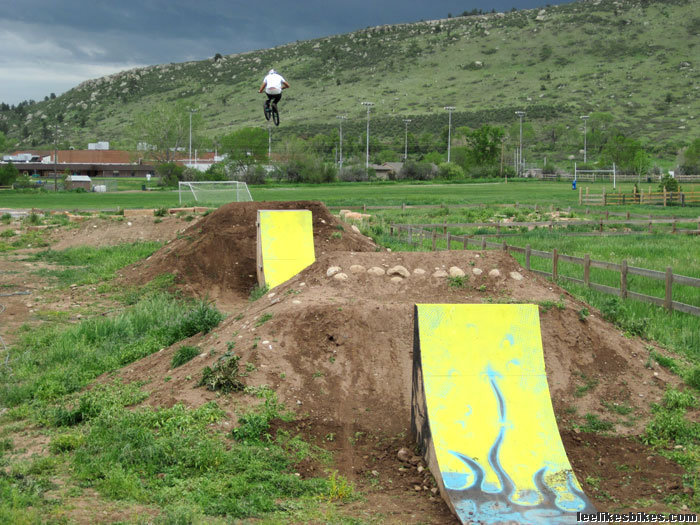 The big jump line at Lyons Bike Park, circa 2012 via Leelikesbikes.com/Lyons Bike Park.
The big jump line at Lyons Bike Park, circa 2012 via Leelikesbikes.com/Lyons Bike Park.
One of the first bike parks in the area, the
Lyons Bike Park has since been
eclipsed by Boulder's Valmont Park less than a half hour away. The skills area
has a lot of challenging but low-consequence features for beginning riders. The
dirt jump line could use some shaping, but ever since the town was decimated by
flooding in the September of 2013, bike jumps have been understandably low on
their list of priorities.
Tony Grampsas Park, Golden
The main attraction at the
Golden Bike Park is a creative short trail
featuring jumps and berms for all levels. Everything is made from dirt and the features show marks of recent shaping. There's a small pump track at the
bottom as well, and you're only a short drive away from the headquarters of
Yeti Cycles, who's based in Golden.
Barnum North Bike Park, Denver
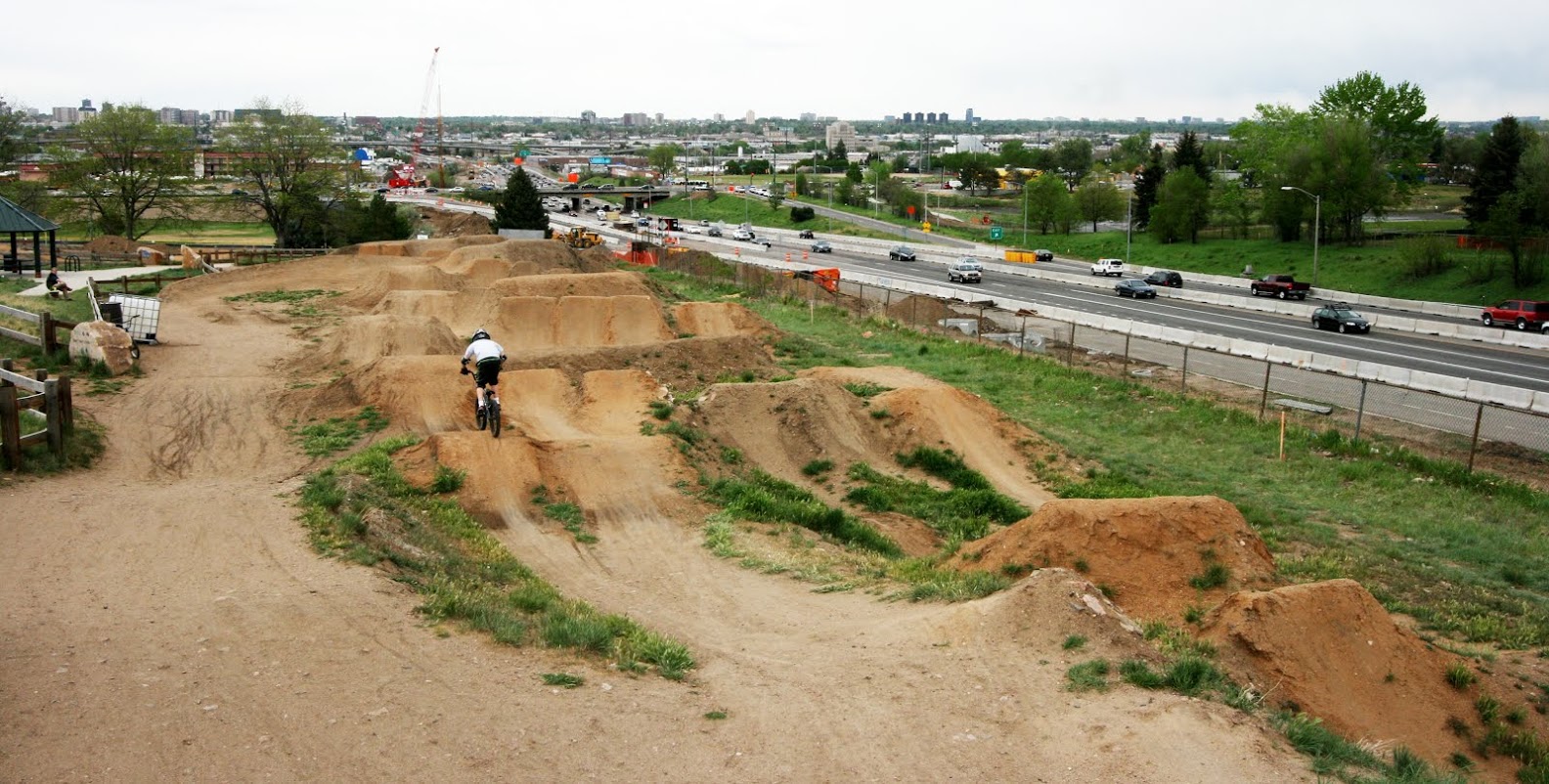 Barnum North Park has well-manicured booters and a great view of downtown Denver. Matt Hayes photo.
Barnum North Park has well-manicured booters and a great view of downtown Denver. Matt Hayes photo.
Utilizing a thin strip of land next to a major
highway, this park was built with the cooperation of Winter Park's Trestle Bike Park. It
features very well-shaped jump lines for riders of different abilities, and has
a small pump track. A new bike park is under consideration for Ruby Hill Park–a Winter Park-associated terrain park with a bunch of small rail lines–and rumor has it that it might rival Valmont in Boulder.
Sign Up for the TGR Gravity Check Newsletter Now
Sunset Park, Lakewood
 Rugs–old-school style–still populate some of the dirt jump lines at Sunset. Matt Hayes photo.
Rugs–old-school style–still populate some of the dirt jump lines at Sunset. Matt Hayes photo.
This spot features several sets of BMX-style dirt
jumps and shows signs of recent, though old-school, construction, like shovel
marks and rugs over new jumps. There are lots of jump lines, with something for
most beginners to intermediate riders.
Eaton Park aka Gunbarrel Jumps, Boulder
This once-thriving dirt jump spot has succumbed to
neglect after Valmont was built 10 minutes down the road. The last jump built
there – a huge hipped step-down – still has shape but the weeds are encroaching
quickly.
Rhyolite Bike Park, Castle Rock

Rhyolite has a few downhill trails with nicely bermed corners, a small pump track, and a large jump line with wooden takeoffs for predictability and lower maintenance.
Lory State Park, Fort Collins
This was one of the original bike parks on public land,
but unfortunately its dirt jump lines, large pump track, and beginners area is
suffering from severe neglect. It was probably very good when it opened
considering the builders, but not worth the $7 park entry in its current form.
Springs Canyons Bike Park, Fort Collins
 Springs Canyon Bike Park in Fort Collins. Matt Hayes photo.
Springs Canyon Bike Park in Fort Collins. Matt Hayes photo.
Spring Canyon has a lot of unique log riding features,
but they are starting to show signs of decay and could use fresh replacements.
There are also several rollers and small jumps, but no large features. It's worth noting that across town, Fort Collins has a gate-start BMX racetrack as well.
Rock Creek Parkway/Honey Creek Lane, Superior

A pump track and some dirt jumps are squeezed into
Superior, letting riders stay close to home. Even the local bike shop didn't
know about this park—which shows the draw of Valmont, which is only 20 minutes down the road.
Goose Gossage Park, Colorado Springs
This dirt jump spot fell into disrepair, but an effort
is currently underway to rebuild the trails. Grab a shovel and help rebuild the
jumps of Colorado Springs!
Red Rock Canyon Open Space, Colorado Springs
Primarily featuring ladder and log rides,
this park is built for riders of beginner to intermediate levels.
